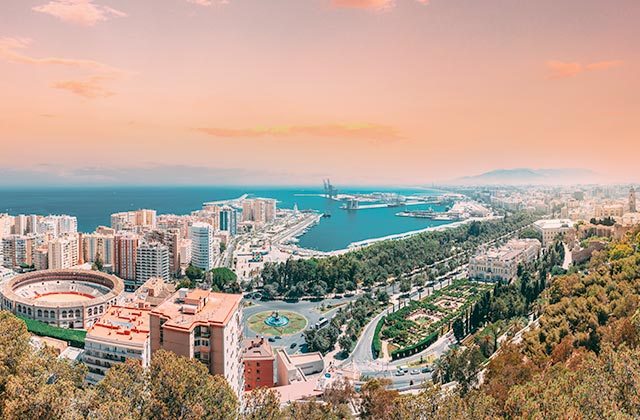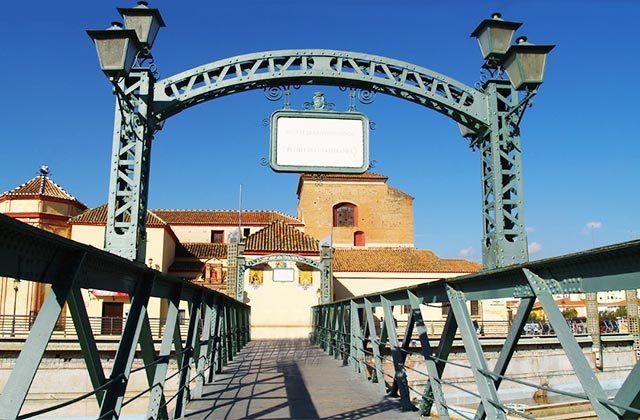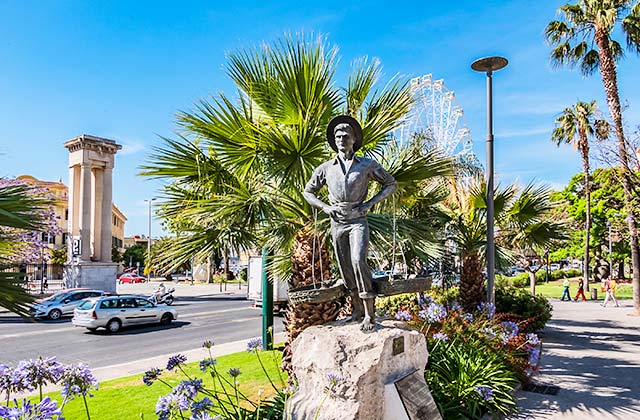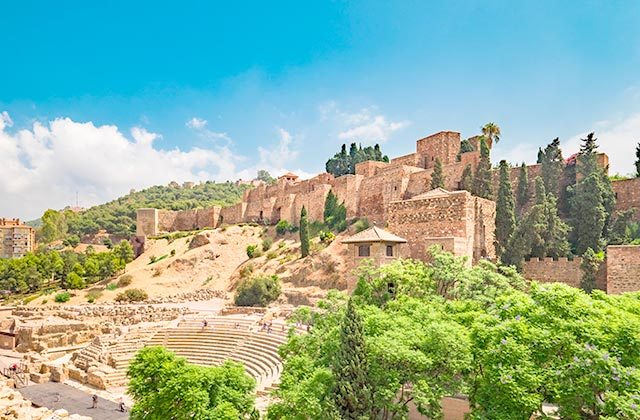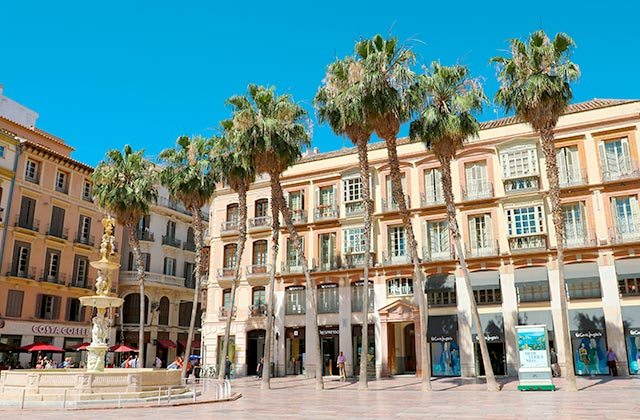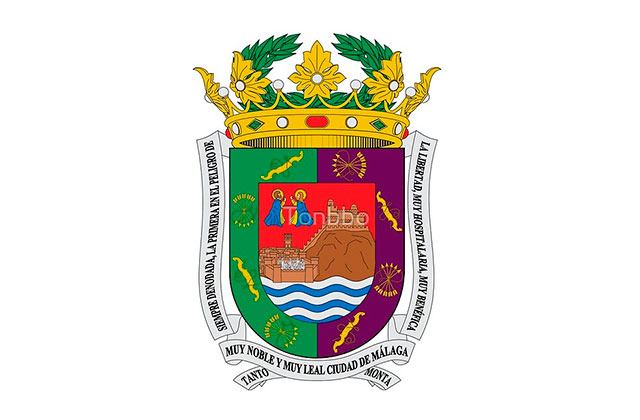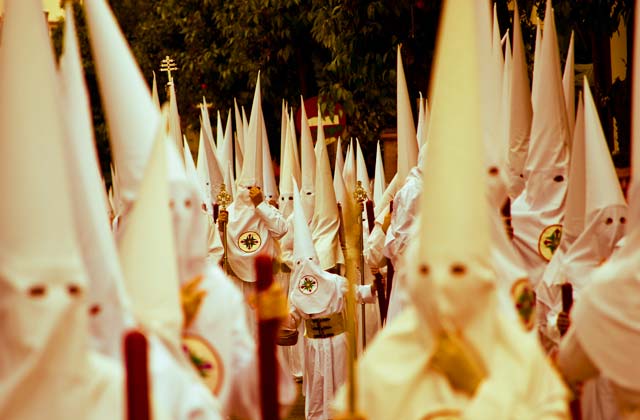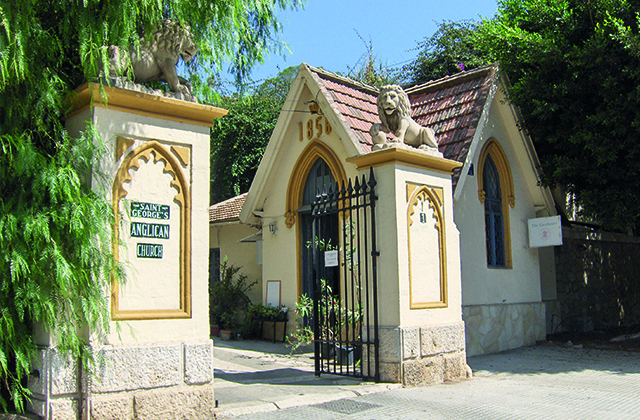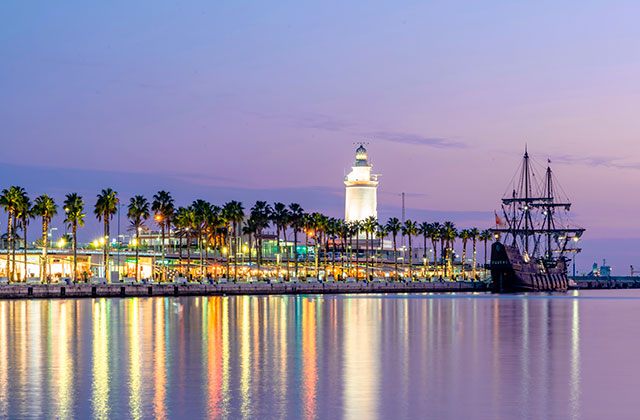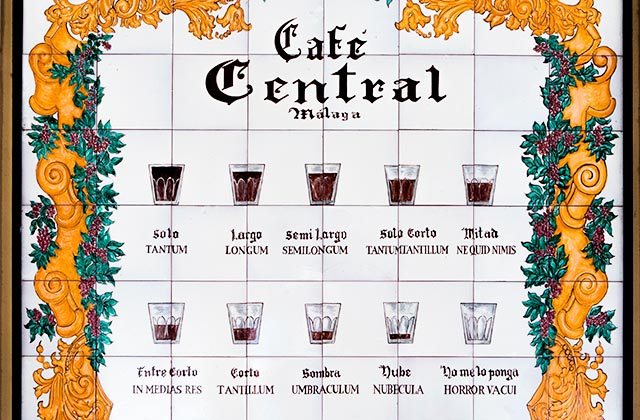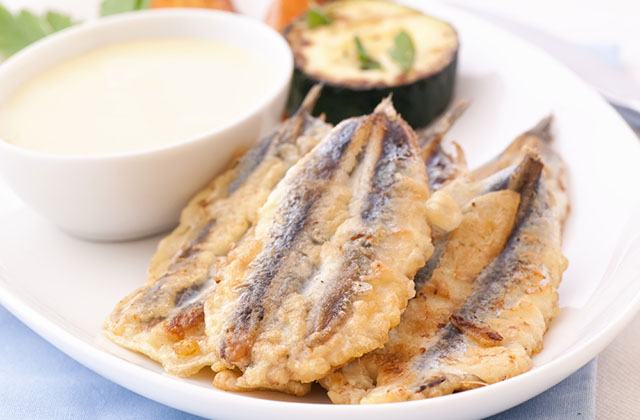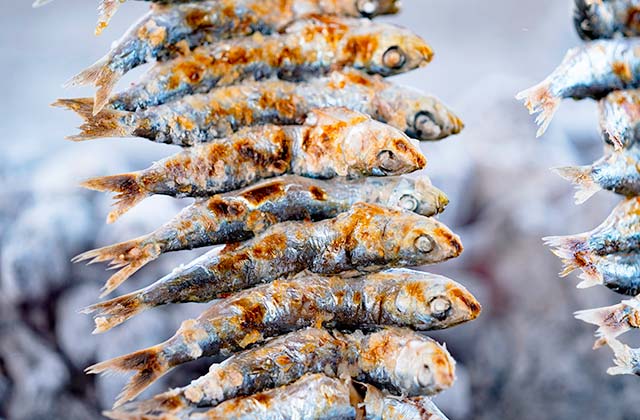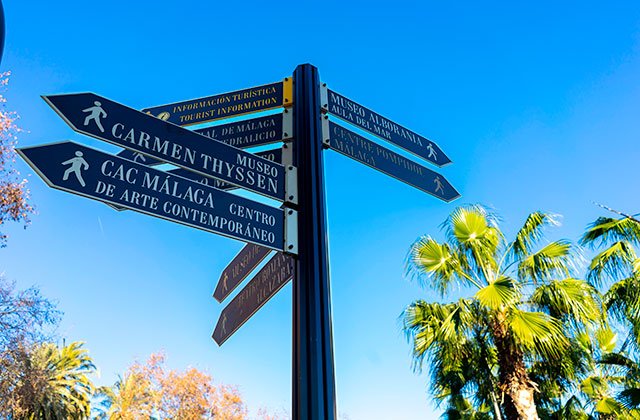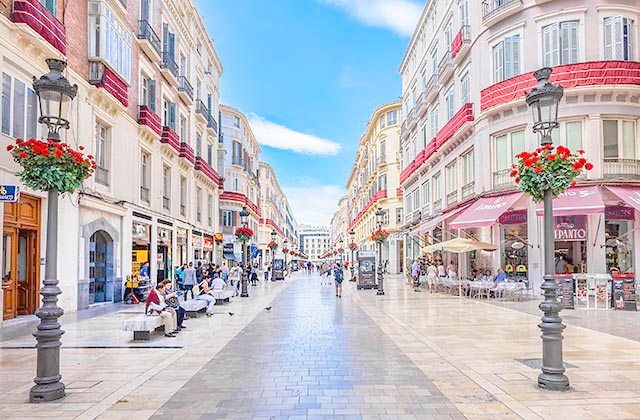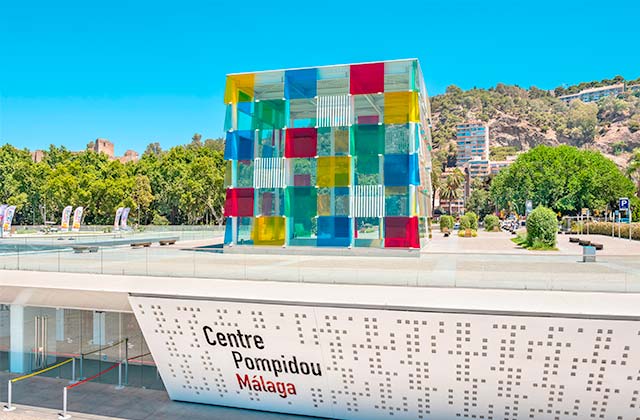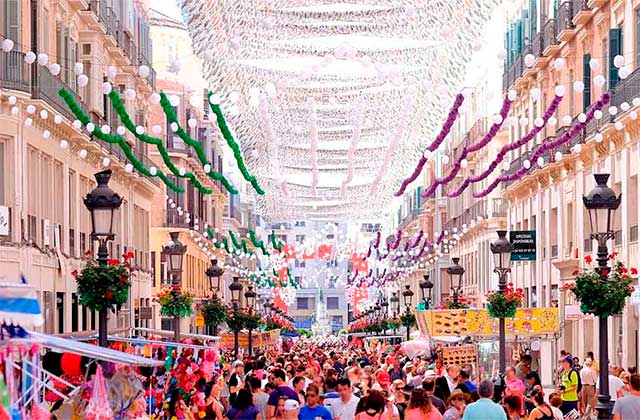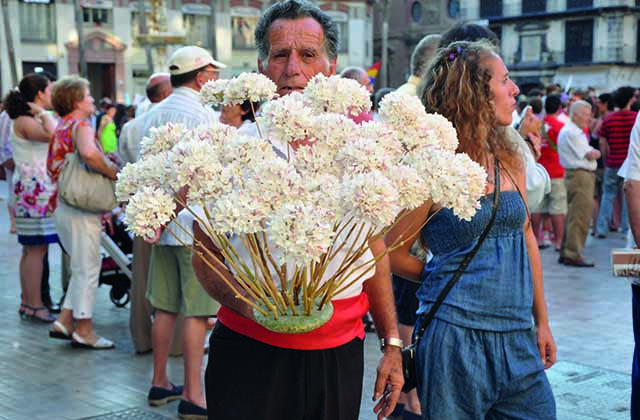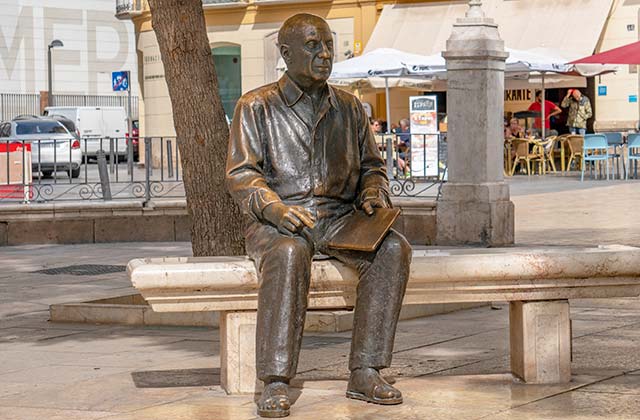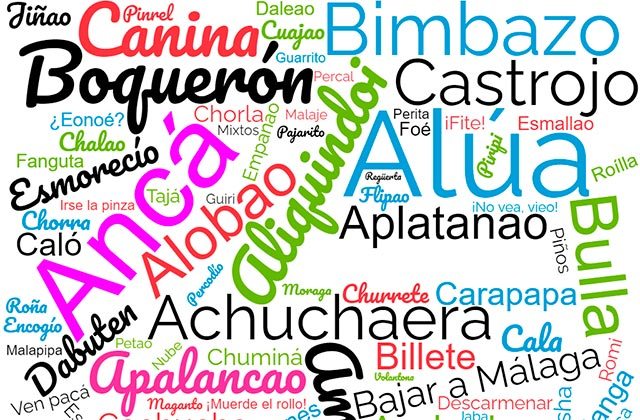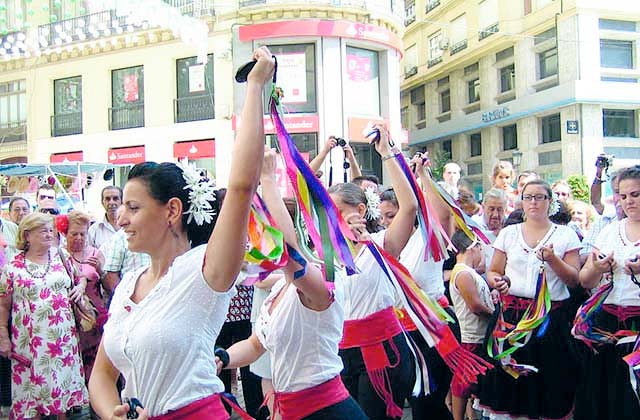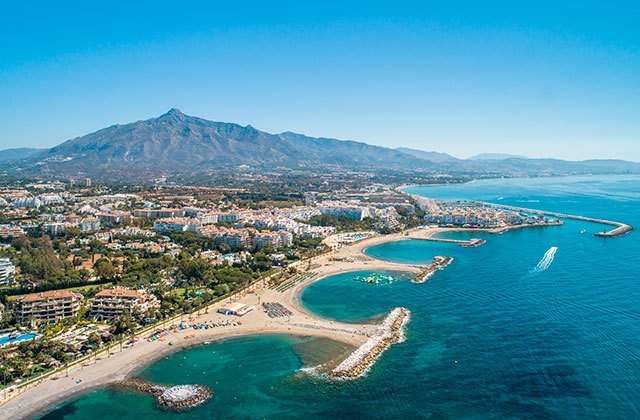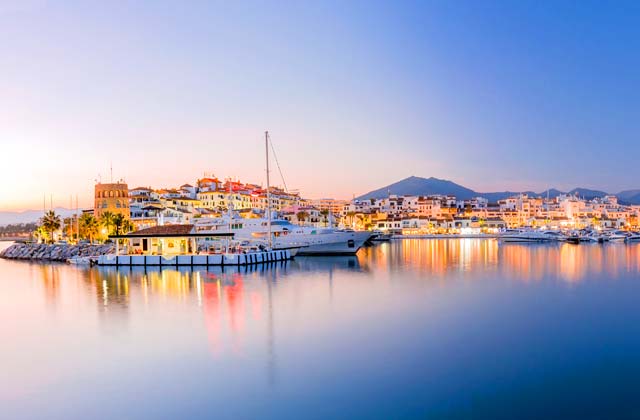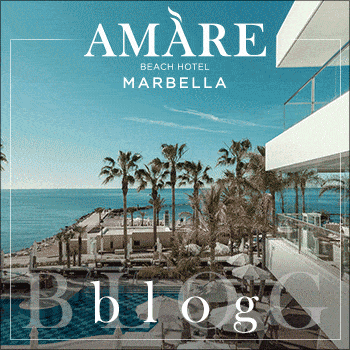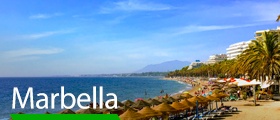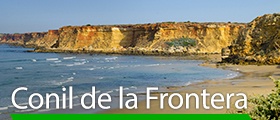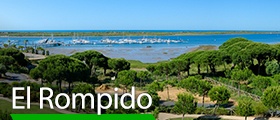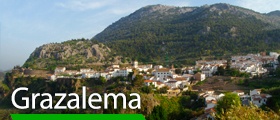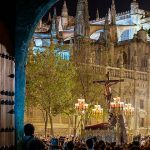
Interesting facts about Málaga that you almost certainly did not know
Málaga is one of the most popular Spanish cities to visit, since it has more than 300 sunny days a year. It is an ideal setting with an exceptional climate, which both Spaniards and foreigners look for in the capital of the Costa del Sol.
But this city is not only characterised by its enviable climate, but is also home to a history that has left us with a number of sites, amazing secrets and interesting facts about Málaga which we can discover.
Málaga is a city that everybody who visits falls in love with and we are not surprised, since it is full of traditions and culture that have continued over time and have made the history of this city and of its people remain present, and are an attraction for thousands and thousands of tourists.
Tourism in Málaga is becoming ever bigger, not only for its coastal landscapes and leisure offering, but also for its wealth of cultural and natural heritage. Furthermore, the people’s customs have made it one of the cities with a singularity and a special charm.
So, here is a long list of things to see in Málaga so you can enjoy the corners and the places with most history, in addition to its customs and people, which will make your days in this Costa del Sol city unforgettable.
Malaga facts – Historical and architectural
La ‘Manquita’
Malaga’s Cathedral is one of those essential places to visit in a tour through the city of Malaga. It is called Santa Iglesia Catedral Basílica de la Encarnación but it is popularly known as “La Manquita”. Its construction began in 1528 and its works lasted 250 years. However, the Cathedral remained unfinished, the most significant being the lack of the South Tower.
Looking at the Malaga’s Cathedral facades, which began with Gothic style and ended mixing Renaissance and Baroque styles, we can see the complex construction process that it had until the end of the 18th century.
El Puente de los Alemanes (The Bridge of the Germans)
The history goes back to December 1900 when a storm wrecked the German frigate Gneisenau. Many Malaga citizens tried to save the sailors, some of the rescuers lost their lives. This action earned Malaga the title of “Muy Hospitalaria” (Very Welcoming) that holds today.
Years later, in 1907, the river Guadalmedina overflowed, destroying the existing bridges. The German people, upon hearing about this, decided to return the favor and began collecting for the construction of the “Puente de los Alemanes” (Bridge of the Germans).
The British clocks of the Malaga Subway
Malaga Subway clocks do not display 60 seconds, but 59. They have a British style seconds’ hand by which the hand comes to the end and rather than continuing, pauses and then it’s the minute hand that marks this second. This system is used in British stations to indicate exactly the departure of the trains.
El cenachero
The cenachero is one of the city’s symbols. Makes reference to a trade that has already disappeared from Malaga, in which the fishermen sold their fresh fish through the city with a basket of esparto hung from their shoulders.
Lorca and the Pasaje de Chinitas
No lover of good literature should ignore the visit to one of the most cherished urban spaces by Malaga citizens. Here stood the famous Café de Chinitas, a sort of varieties theater – closed on several occasions due to public scandal – that was brilliantly immortalized by the great Lorca in his well-known verses:
“At Café de Chinitas/Paquiro told his brother:/I’m braver than you, more torero and more Gypsy”…
Café de Chinitas is currently in Madrid. Located in Calle Torija, 7; but is still owned by the Verdasco family.
Malaga and its Roman theater at the foot of the Alcazaba (Citadel)
Also in this, Malaga is unique in the world and the capital is so rich in historical remains that the three most important cultures – Jewish, Arabic and Roman – have left in it a phenomenal imprint.
Constitución Square
This is one of Málaga’s places par excellence. It was a hub and as well as having had different names up to the current one, it was home to the Town Hall, the prison, a convent and numerous buildings of interest which have been located on this famous square.
Today, Constitución Square is in a pedestrian zone, very close to the most emblematic street in Málaga: calle Larios. This street, full of businesses and bars and restaurants is where your tour of this square ends.
While many of the buildings of tourist interest are no longer located here, this square remains one of the epicentres of culture, since it still hosts ceremonies and events of a different kind, such as Malagan Holy Week and the fair.
What’s more, due to its location, it is very close to the city’s historic centre, and so is where people and tourists pass through as they stroll the wonderful streets of the city centre, in addition to being the place into which four of the busiest streets flow.
It is undoubtedly one of the liveliest places in the whole city.
Discover inland Málaga
Málaga province is home to 103 municipalities, which make city’s cultural and natural heritage great.
This city is not just known for coastal tourism, but also for the natural wealth it possesses. Many tourists seek peace and quiet and want to get away from the bustle of the city, and find in the interior of Málaga the perfect paradise to enjoy the fresh air and nature.
If we take a tour of the interior, we find ourselves in Campillos with the King’s Little Path. It is one of the biggest attractions in the province and many enjoy the flora and fauna, and the incredibly emblematic landscape that is drawn by this little path.
The Fuente Piedra lagoons are another interesting fact we find in Málaga province. These lagoons are the place of rest and passage of endless species of birds. In addition to watching some of these species from the observatories, the natural enclave is ideal for walking and enjoying nature.
Another of the more charming villages in the interior is Frigiliana. Its cobbled streets and white houses make it a perfect fit for the white villages route of Málaga. This village’s beauty attracts thousands of tourists who start their tour of Frigiliana on calle Real and enjoy numerous pottery and traditional shops, and restaurants where they savour the best dishes of Malagan gastronomy.
Malaga Coat of arms
The Malaga coat of arms was awarded by the Catholic Kings after the conquest, on August 30, 1494. In it are recorded the initials: TM, which means “Tanto Monta” abbreviation of “Tanto monta cortar como desatar” (It doesn’t matter if you cut it or untie it) famous phrase used by King Fernando The Catholic.
Also, in the upper part, the Saints and Martyrs from Malaga, Ciriaco and Paula, in prayer.
Malaga releases a prisoner every year by Easter
Did you know that was after a great epidemic in the city of Malaga and that did not afflict the prison or its prisoners. Seeing that the procession of the image of Jesus El Rico was not taking place, they asked to the prison warden to let them out but he did not accept. They mutinied and took the image in procession and subsequently all returned to the prison but one. This prisoner took the head of San Bautista Degollado, that was one of the Jesuit’s relics, to the prison on the day following the procession to ask him to heal a companion of his that was sick. Carlos III, informed of this generous attitude of the prisoner, issued a Royal Privilege, during the procession of “El Rico” freedom was granted to a prisoner.
The Easter Week processions in Andalucia you can’t afford to miss
English Cemetery
Malaga’s English Cemetery, the oldest Protestant cemetery in Spain and, without a doubt, the most important. It is a deeply historical place that is located just in the heart of the city and that attracts every day to hundreds of restless tourists.
The Anglican Cemetery or San Jorge Cemetery, was built in the 19th century in the Cañada de los Ingleses. Part of its interest lies in that it is, no more and no less, the first Protestant Cemetery in Spain built since 1821.
La “Desbandá” (The Scattering)
During the Spanish Civil War, after the entry of Franco’s troops in the city, thousands of Malaga citizens fled towards Almeria. This was known as “the massacre of the road of Almeria“, one of the most egregious acts of the civil war where thousands of people died.
‘Earth Wide Walk’
The first Spanish to take a tour around the globe on foot was the Malaga citizen Nacho Dean Mouliaá. He started his journey on March 21, 2013 and returned three years later. He was alone on his trip, accompanied only by a cart with his stuff, he had few resources, but he didn’t need much, all he took was his curiosity, his desire to know the world and his concern for the environment.
Malaga’s Lighthouse
Malaga’s Lighthouse, together with Mar’s lighthouse in Tenerife, we can say that they transgress the typical lighthouse name that is given in all of Spain to these maritime signaling systems. They are the only lighthouses of the female gender. Built by the engineer Joaquín María Pery y Guzmán. It is of one of the two lighthouses with a female name that exist in Spain.
Osborne Bulls
The Osborne Bulls are very popular and well known to all. These structures have become a Pop-Art benchmark, and the curious thing about this is that in Andalusia they were declared Bien de Interés Cultural (Culturally Interesting). In all the Spanish territory, you will see 88 of these structures and Malaga has three: in Vélez Málaga, Casabermeja and Fuengirola.
Malaga facts – Gastronomic and cultural
El Pimpi
El Pimpi, one of the most unique places in Malaga. In its origins was probably the first dancing bar of Costa del Sol, also a convent. Today is a magnificent restaurant, where you can enjoy local gastronomy and wines. You can also meet part of the history of the place and of beautiful Malaga.
“Pimpi” refers to a very popular character for tourism in Malaga, which helped the crews and passengers of various vessels arriving to the port.
Ask for a coffee in Malaga
It is usual that when a Malaga citizen leaves its province suffers since no one can understand it. It is typical to ask for a Cloud, shadow, half, short, semi-short, long, semi-long, it’s nothing more than the proportion of coffee or milk that you put in your cup. Today, asking for a coffee is a sign of Malaga identity.
History of the types of coffee in Malaga. Try yours “just right”
Why Malaga citizens are called anchovies
This fact is a classic but we don’t want to leave it out for that reason. Not everybody knows that this nickname is because the ‘pescaíto frito’ (fried fish) par excellence in Malaga is the anchovy. A culinary specialty wherever you go within the Malaga territory.
The European anchovy, the protagonist of the Málaga cuisine
Michelin Stars
Málaga province is home to many wonders, which include its culinary quality. In Málaga today there are several Michelin stars, making the province a highly appreciated gastronomic destination.
Espetos (Sardine skewers)
Sardine skewers are the greatest exponent of Málaga cuisine. It is a delicacy that is greatly appreciated both by visitors and locals. Not for nothing is it practically the cultural hallmark of the province. We should also highlight the monument to the sardine cook which is located at La Misericordia Beach.
Espetos. The sardine ones are a Malaga cuisine classic
A Flamenco Guinness world record
In 2018, 3,920 people gathered on calle Larios to dance bulerías for 10 minutes. This choreography was deemed worthy of being in the Guinness World Records.
37 museums
We are not talking about one, or two, not even three or four… If we combine the words Málaga and museum, we have to mention the 37 museums that are located in the capital. And while the most famous are the Picasso and the Pompidou, the city is also home to the Thyssen (spectacular) and the Ruso (one of the most curious). There are also a multitude of very interesting cultural centres, like the Glass Museum and the Wine Museum.
Discover the 12 most important museums in Málaga
Calle Larios, one of the prettiest streets in Europe
The origin of calle Larios lies in the idea of connecting Málaga Port with the centre. It is the fifth most expensive commercial street in Spain and it is usually thought that the entrance begins where it joins the Alameda Principal, but it is actually at Constitución Square. It is 984 feet long and 52 feet wide and is named for Manuel Domingo Larios, the second Marquess of Larios.
4th of July
Every 4th of July, the independence of the United States is celebrated at Plaza del Obispo. Spain supported its independence from the beginning through the military figure of Bernardo de Gálvez.
Bernardo de Gálvez y Madrid was a soldier from Malaga. He fought along with the United States, against the English, in Pensacola. For being considered a hero, a city with his name was founded in his honor, Galveston, in the State of Texas.
Malaga’s Pompidou, the first location outside France
Over than 100,000 visitors passed by this avant-garde museum this last month of August and that’s no surprise because “The Cube” houses a collection so ambitious as varied, from Leger, Magritte and Frida Kahlo to Brancusi, Giacometti, Tàpies or Miró.
Malaga’s Fair
The fair of Malaga has its origin in the incorporation of Malaga to the Crown of Castile by the Catholic Kings, that entered in the city on August 19, 1487.
The Biznaga (Jasmin posy)
The biznaga is one of the city’s symbols, uniting beauty and perfume in a single element. It involves placing a bouquet of jasmines in the stem of a dry thistle. The biznagueros sell our biznaga in the summer nights.
Picasso in the Book of Records
You can’t talk about Málaga without naming the master of masters, but a slightly different take on his legacy which you will surely be interested to know before visiting his museum and house is that the prolific painter unintentionally appears in the Guinness World Records, since his collection comprises 13,500 paintings, 100,000 prints, 34,000 illustrations and 300 sculptures.
Regional expressions
Malagan regional expressions are perhaps among the most curious and peculiar, and form part of and give the capital of the Costa del Sol that cultural value.
There are many expressions that have passed from generation to generation and other more current ones which are typical of Malagan people and which you will only hear in this city.
In any other part of Spain, if you’re very hungry you say you’re starving, however, Malagans say esmallao. And if you’re not on the alert, you’re alobao, and if today you’re apathetic, you’re aplatanao, but if you’re in a rush, you’re bulla.
There are many or, as they would say here, a pechá of expressions which are only used in Málaga and which have given this city a special wealth and singularity.
If you want to know more about these Malagan regional expressions so you can try to pass as a local, here is a list of amazing sayings.
Malaga and its film festival
If there is an event of importance within the Spanish film industry is the Malaga Spanish Film Festival. It is a platform that every year struggles for the promotion and dissemination of the tireless work of the Spanish audiovisual sector. This festival encourages all kinds of discussions and presentations that also unveil its potential difficulties. In this sense, the Biznaga de Oro is currently a very coveted award (if not more) like the Goya.
Terral
It is a type of wind very common in Malaga, a warm wind that hits the city and the coast in the summer months, rising the temperatures.
Verdiales
It is the oldest of the Malaga songs. Consists of a particular sung and danced fandango. It is accompanied of a small orchestra composed by a violin, from two to four guitars, a tambourine, two or more pairs of cymbals, several castanets and, in some of its styles, a lute or bandurria.
With this dance, men courted the women during the verdial olives harvest.
The power of Malaga Wine
Who could resist to accompany a tapa from Pimpi with a good Malaga wine? This happens because in Malaga there are 45 wineries and 265 denominations. As is commonly known, in Malaga it is typical to go out to a terrace and gather around a good plate of fried fish with friends or family, so in this province the wine fulfils almost a social role.
Wine Route of the essential wineries in Malaga
The origin of the Costa del Sol
The expression Costa del Sol, contrary to what it might seem doesn’t has its origin in Spain but we must move to Austria, no more and no less.
It is said that this name was given by an Austrian consul that lived in Cadiz and travelled regularly along the coast to Almería and that was surprised to see the amazing weather that he always enjoyed when passing along the coast of Malaga.
The first Spanish industrial city
The province of Malaga was, during the Industrial Revolution, one of the most advanced Spanish regions, especially in the foundry sector, an example of this is the famous Larios family saga. Malaga during this time had dozens of factories so it became the first industrial city of the Iberian Peninsula.
The opening of Puerto Banús
Currently, Puerto Banus is a worldwide event, and a good example of this is that you could see the major personalities of that time at its opening: the actors Tony Curtis and Sean Connery, Prince Rainier of Monaco and Grace Kelly, Onassis or a young Julio Iglesias, among other very prominent figures on the international scene.
WHERE TO STAY
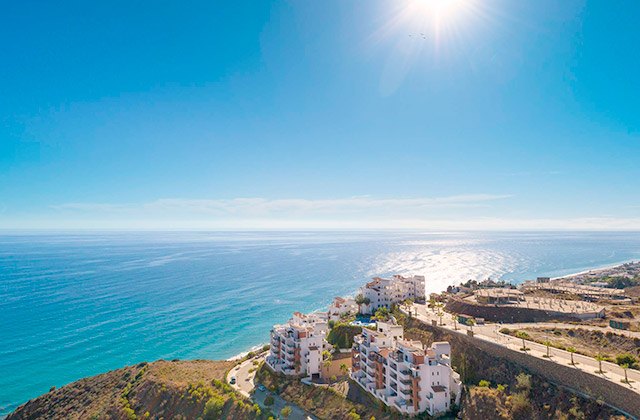
Olée Holiday Rentals
If you decide to visit the Costa del Sol and enjoy the city of Málaga, there’s nothing better than staying in a prestigious hotel. El Fuerte Marbella offers you all kinds of services and amenities in the heart of this town in Marbella. It is an environmentally-friendly locale that offers all kinds of services. On the other hand, if you prefer to see the east, you can do so by staying in the Olée Holiday Rentals Apartments between Torrox and Nerja, typical Andalusian villages with the best climate in Europe.
This chain has over 60 years of experience as a leading chain. Holidays with friends, with family or friends, however you choose to travel fits these hotels perfectly.
